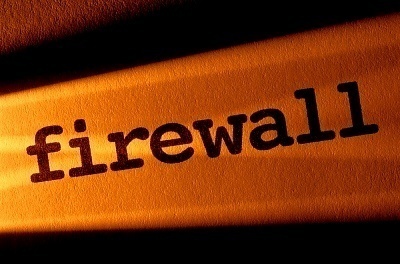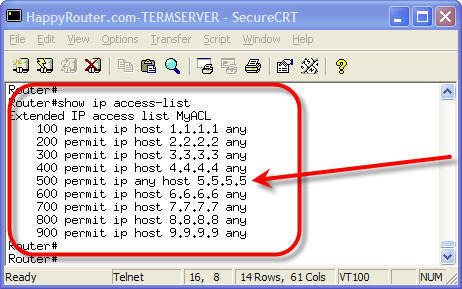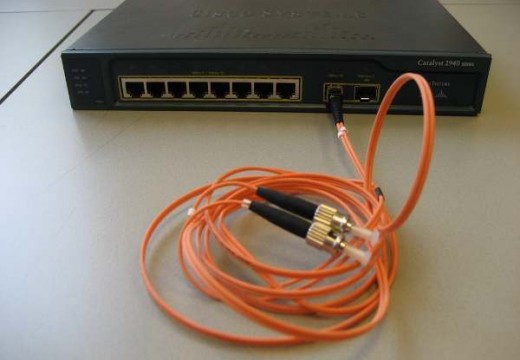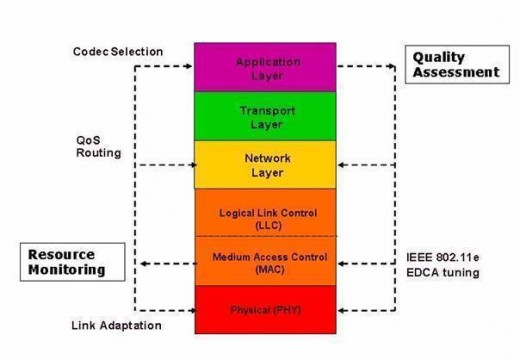Ethernet refers to the family of Local Area Network implementation that was jointly developed by Digital Equipment Corporation, Intel Corporation and Xerox Corporation. It consists of certain specifications and standards as well as hardware devices and components.
Ethernet Connection
The Ethernet protocol provides for a verity of cabling options, one of which is a specification referred to as 10Base5.
Connecting cable is known as AUI (Attachment Unit Interface) and network attachment device is known as Media Attachment Unit (MAU) rather than transceiver.
CSMA/CD
Ethernet is a baseband LAN specification invented by Xerox corporation operates at 10 Mbps using CSMA/CD (Carrier Sense Multiple Access Collision Detection).
As a contention-based environment Ethernet allows any station on the network to transmit when ever the Ethernet network is quite. Collisions could be found whenever stations listen for traffic and hear nothing and transmit regularly. In this situation both types of transmissions are damaged and device should transmit later. Back-off algorithm is used whenever colliding stations should retransmit data.
Ethernet Network Design

Ethernet was designed to serve in network with sporadic, occasionally heavy traffic requirements. A network using Ethernet is usually considered as a low cost LAN.
Layer 1 and Layer 2 of OSI model related services are provided by Ethernet.
For creating an Ethernet network, you have usually implemented a network interface card on a primary circuit board. Cabling conventions of Ethernet describe use of transceiver for attaching cable to physical medium. Transceiver may perform some physical layer functions such as collision and detection. The transceiver cable connects end stations to a transceiver.
How to Set Ethernet Full and Half Duplex
Full Duplex Ethernet
Full duplex provides the means of transmitting and receiving simultaneously on a single wire. Full duplex Ethernet is used between two endpoint like for between switches and servers, between switches and routers etc. Full duplex also permit bandwidth on Ethernet and Fast Ethernet networks very easy and cost effective and also fast.. By using features such as Fast EtherChannel, "bundles" of Fast Ethernet connections can be grouped together to increase bandwidth to increase bandwidth up to 4000%.
Full duplex broadcasting is used in Gigabit Ethernet to increase collective bandwidth ranging from 2 Gbps to 2 Gbps for point to point links and also used to increase distances of for specific type of media. Further more Gigabits Ethernet Channel allows creating 8 Gbps connections between switches. Full duplex Ethernet minimize chances of collisions so that CSMS/CD does not need to be used for flow control.
. However, a full duplex flow control method has been put forward in the standards committee with flow control as on option clause. This standard is referred to as IEEE 802.3x; it formalizes full duplex technology and it's expected to be supported in future Gigabit Ethernet products. Because of the volume of full duplex 100 mbps network interfaces cards (NICs), it is likely that this standard will realistically apply to Fast Ethernet.
Half Duplex 10g Ethernet
For half duplex transmission, CSMA/CD will be utilized to ensure that stations can communicate over a single wire and that collision recovery can take place. CSMS/CD implementation should be same as for Ethernet and Fast Ethernet and also it allows creation of shared Gigabit Ethernet using hub of half duplex via point to point connections.
Because the CSMA/CD protocol is delay sensitive, a bit budget per collision domains must be created. When CSMS/CD is used delay sensitivity is always there however full duplex operation has no delay sensitivity and collision domains are defined as time passes fo maximum length frame transmission.
This transmission, in turn, governs the maximum separation between two end stations on a shared segment. When network speed grows, frame transmission speed decreases and collision domains diameters is maximum. Budget of collision domain is used as maximum signal delay time for different networking components like repeaters, MAC layer and medium also.
Increase in speed of Ethernet speed depends upon some terms that how you are implementing CSMS/CD. Speed which is more than 100 Mbps packet sizes are shorter than length of slot time in bits. (Slot-time is defined as the unit of the time for Ethernet MAC to handle collisions). Handling slot time problem you may find carrier extensions in Ethernet specifications. Carrier extensions are used to add bits to frames until frames meets the minimum requirements which slot time is needed. Following this method, smaller packet sizes can cover with minimum slot time required and it permit seamless operation with current Ethernet CSMS/CD.
More change to the Ethernet requirement is the adding up of frame bursting. Frame bursting is an optional feature in which, in a CSMA/CD environment, and an end station can transmit a burst of frames over the wire without having to relinquish control.
Other devices are put back to stop transmission when there is no idle time on wire.
.The transmitting station that is bursting onto the wire fills the inter-frame interval with extension bits such that the wire never appears free to any other end station.




Matthew Jolliff
Hello, I am having the following problem:
I have a LG desktop PC that is running Windows XP Professional Version 2002 Service Pack 3 and a Toshiba laptop PC that is running Windows 7 Home Premium. My ISP is Comcast. I have a Motorola Surfboard DOCSIS 3.0 modem and a Linksys Wireless-G WRT54G Version 8.0 broadband router. I also have to ethernet cables that state they are category 5. When I hook up the router, all that is supposed to light up does. I plug the cable from the wall to the modem, then to the router, then to the desktop. I have unplugged and replugged everything in making sure to follow the correct order. However, when it looks as though everything is hardwired correctly, I can not access the 192.168.1.1 website and if I try running the “Easy Link Advisor” CD that came with the router, it says it can not detect the router. My first question is, could it be the cables? I read somewhere that category 6 cables were being used, but haven’t found anywhere that states they are necessary. When the router is not hooked up, they work just fine from the modem to the desktop. My second question, if not the cables, is there something I am overlooking? I appreciate any help in advance. Thank you!